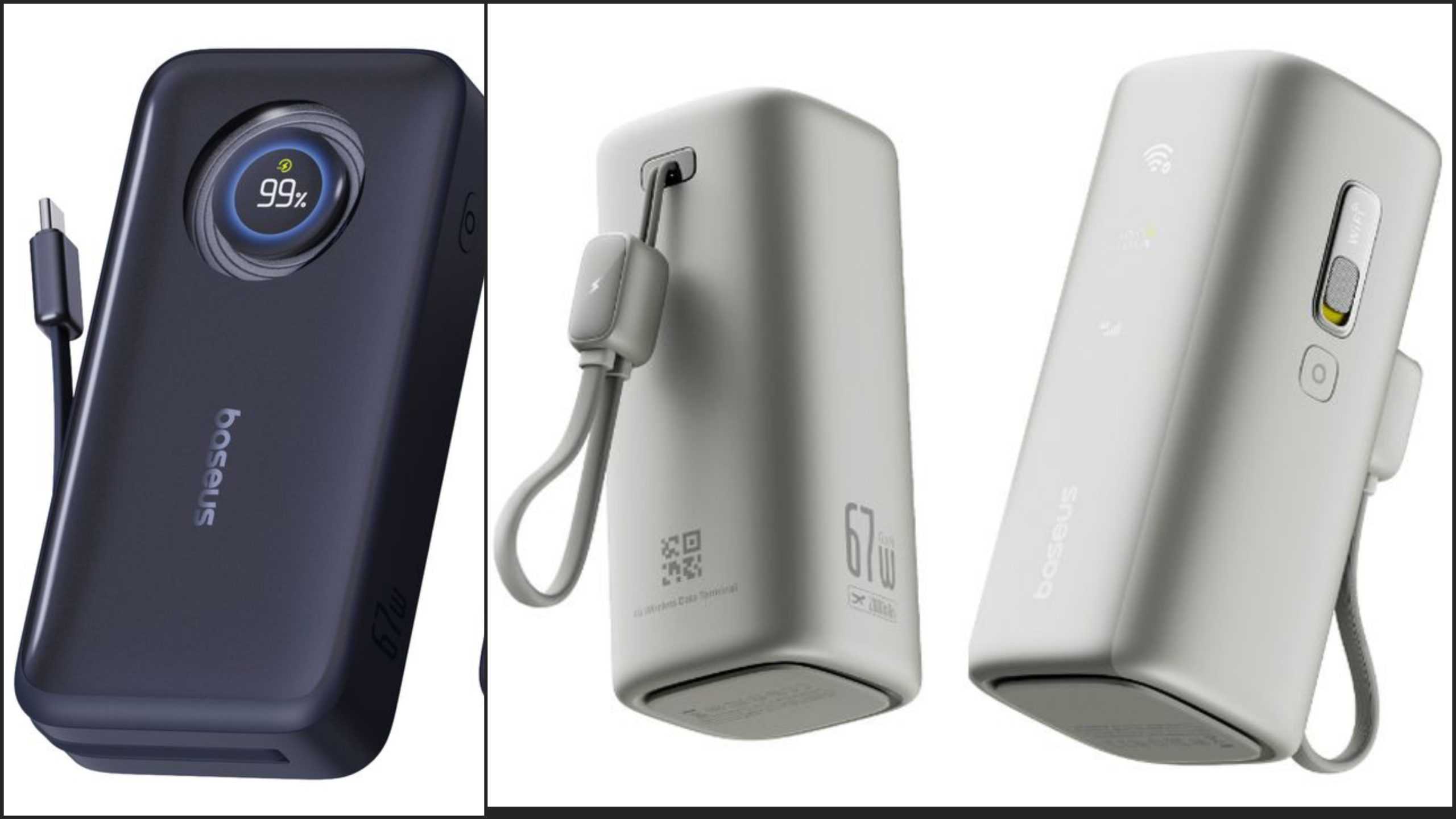CCS Insight analysts have boldly projected that smartphones equipped with self-healing displays might grace the consumer market as early as 2028. Though still in its infancy, this promising technology has garnered the attention of several pioneering companies dedicated to its development.
One potential mechanism for self-healing smartphone screens involves the utilization of a nano coating. This innovative approach gives rise to a novel material when the screen endures a scratch. Subsequently, this material reacts with the surrounding air, seamlessly filling in the imperfection. Alternatively, an equally captivating method employs a liquid crystal display (LCD) infused with a self-healing gel. When the screen suffers a scratch, this self-healing gel elegantly flows into the damaged region, facilitating a swift and seamless repair.
The advent of self-healing smartphone screens holds the promise of several substantial advantages. First and foremost, it would significantly bolster the resilience of our beloved devices, rendering them less susceptible to common wear and tear. This resilience translates to a reduced demand for costly and time-consuming repairs, alleviating a significant pain point for smartphone users. Beyond these practical benefits, the environmental impact of this innovation is noteworthy. The reduction in the need for repairs and replacements would contribute to a greener tech landscape, minimizing the electronic waste that accumulates each year.
Korean Scientists Develop Self-Healing Smartphone Screens
While the exact timeline for the widespread availability of self-healing smartphone screens remains elusive, the fact that industry analysts are boldly predicting their arrival within the next five years is undoubtedly a positive sign. This technology represents a potential game-changer in the way we interact with our smartphones.
The benefits are manifold:
1. Enhanced Durability: Self-healing screens would significantly fortify the longevity of smartphones, making them more resilient against the rigors of daily life.
2. Reduced Repair Dependency: With self-repairing screens, the need for costly and time-consuming repairs would diminish, saving users both time and money.
3. Environmental Responsibility: By extending the lifespan of smartphones and reducing the frequency of replacements, this technology would substantially contribute to a more eco-friendly electronic landscape, decreasing the volume of electronic waste generated annually.
The future indeed looks promising for self-healing smartphone screens, and it will be fascinating to witness the evolution of this transformative technology in the years to come. As the boundaries of innovation continue to expand, consumers can look forward to a new era of smartphone reliability and sustainability.







